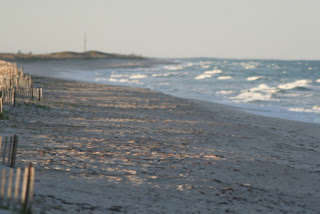 | ||
| A drake ring-necked duck. |
Raise you hand if you've seen the orange crown on an orange-crowned warbler!
Try telling short-billed and long-billed dowitchers apart using only your binoculars. It's tough, man!
These field marks are reminders to us that many of our native birds were named during the shotgun era of ornithology when men (yes it was mostly men) took to nature with gun and gamebag and shot any bird they saw—especially ones that were unfamiliar to them. These unknown birds were examined in the hand and sometimes given names that seemed perfectly useful to an gun-toting ornithologist who was nearly always going be looking at bird corpses up close rather than living, flying birds at a distance.
Roger Tory Peterson helped the ornithologists and bird enthusiasts of the day put down the shotgun and pick up the binoculars when he introduced his Field Guide to Birds in 1934. In this guide, RTP provided a system of bird identification based upon field marks that could be seen from a distance. No need to shoot every bird to know what it is, or rather, used to be.
The ring-necked duck is a perfect example of this shotgun nomenclature. It's a rare thing to see the ring on a drake ring-necked duck in the field. If Peterson or some other bino-toting bird guy (or gal) had been the first to discover this species it might have more properly been named ring-billed duck for the apparent rings of black, white, and gray on its bill.
 |
| Drake ring-necked duck, showing the ring of rusty-brown at the base of the neck. |
Pretty neat stuff! And no birds were killed in the process! Well, I did eat chicken for dinner that night, but that's a story for another time.






















